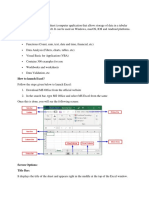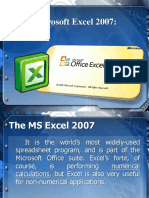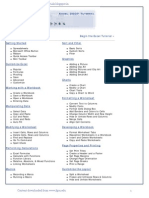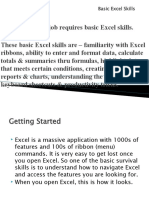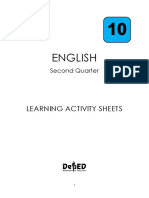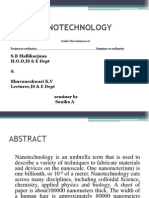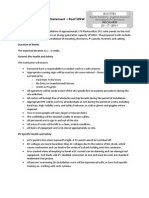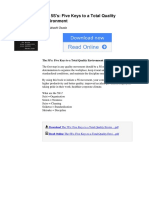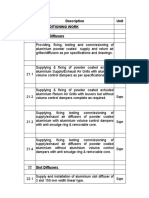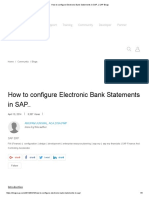0% found this document useful (0 votes)
58 views12 pagesGetting Started With Microsoft Excel
Microsoft Excel is a spreadsheet program used to store and manipulate tabular data. It allows users to enter data into worksheets, perform calculations, and visualize data through charts. The key parts of the Excel interface include ribbons containing commands, the worksheet containing cells organized in rows and columns, and toolbars for common functions. Excel files are saved with an .xls or .xlsx extension by selecting File > Save As in the backstage view.
Uploaded by
Roshan AdhikariCopyright
© © All Rights Reserved
We take content rights seriously. If you suspect this is your content, claim it here.
Available Formats
Download as PDF, TXT or read online on Scribd
0% found this document useful (0 votes)
58 views12 pagesGetting Started With Microsoft Excel
Microsoft Excel is a spreadsheet program used to store and manipulate tabular data. It allows users to enter data into worksheets, perform calculations, and visualize data through charts. The key parts of the Excel interface include ribbons containing commands, the worksheet containing cells organized in rows and columns, and toolbars for common functions. Excel files are saved with an .xls or .xlsx extension by selecting File > Save As in the backstage view.
Uploaded by
Roshan AdhikariCopyright
© © All Rights Reserved
We take content rights seriously. If you suspect this is your content, claim it here.
Available Formats
Download as PDF, TXT or read online on Scribd
/ 12

